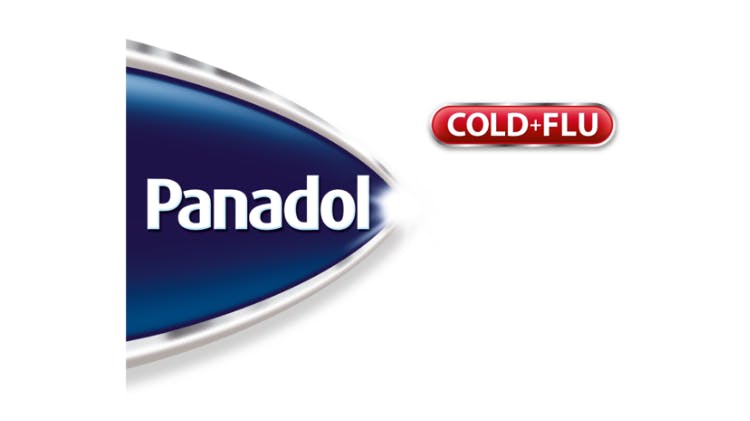Fever and Chills: Management

Managing fever and chills
Here we discuss how to manage the symptoms of fever and chills as a result of a flu infection.
Steps for managing fever and chills
IDENTIFY
By asking appropriate diagnostic questions, confirm the fever and chills are due to the flu.
EDUCATE
- Increase patient awareness on how to minimise transmission of the flu to other people
- Advise on the warning signs associated with fever that may require further assessment by a physician
RECOMMEND
Along with appropriate advice, recommend or provide treatments to suit the individual needs of your patient.

Educating your patients
As the influenza virus causes significant illness and even morbidity every year,1 patients should be educated on reducing their risk of becoming infected, and how to help stop the spread of the virus. This includes:2
- Using a tissue to cover coughs and sneezes
- Regularly and thoroughly washing hands
- Avoiding touching the face
- Keeping up to date with yearly vaccinations
- Maintain good hydration
- Rest
It should also be explained that there is no cure for the flu, but bothersome symptoms such as fever and chills can be managed with both pharmacologic3 and non-pharmacologic therapies.4
Treatment of fever should be focused on alleviating discomfort, not just lowering temperature5

Fever and chills requiring referral
Fever and associated chills are reported symptoms of various illnesses and are not exclusive to the flu.
The patient should immediately be referred to a doctor if any of the following is observed by the pharmacist or reported by the caregiver:
- Pallor, mottling, ashen or blue colour of the skin, lips, or tongue
- Failure to respond to social cues
- Difficulty waking or staying awake
- Decreased activity
- Signs of respiratory distress, such as nasal flaring, increased respiratory rate, crackles in chest, grunting, or moderate to severe chest indrawing
- Fast heart rate
- Reduced skin turgor
- Age 3-6 months with a temperature greater than 39°C, or age < 3 months with a temperature greater than 38°C12
- Fever with a rash
- Flu-like symptoms that improve but then recur with fever and a worse cough13

Fever and chills management: in summary
After appropriate diagnosis of the flu as the underlying cause of your patient’s fever and chills, they may be recommended analgesics/antipyretics for symptomatic relief, with paracetamol suggested as the first-line therapy.5,9
Panadol Cold & Flu - the Power to Feel Better

The Panadol Cold & Flu range
Find out how the Panadol Cold & Flu range can help your patients.